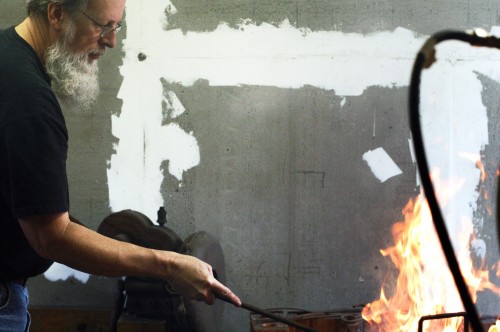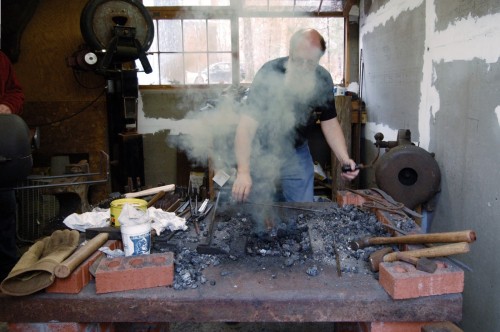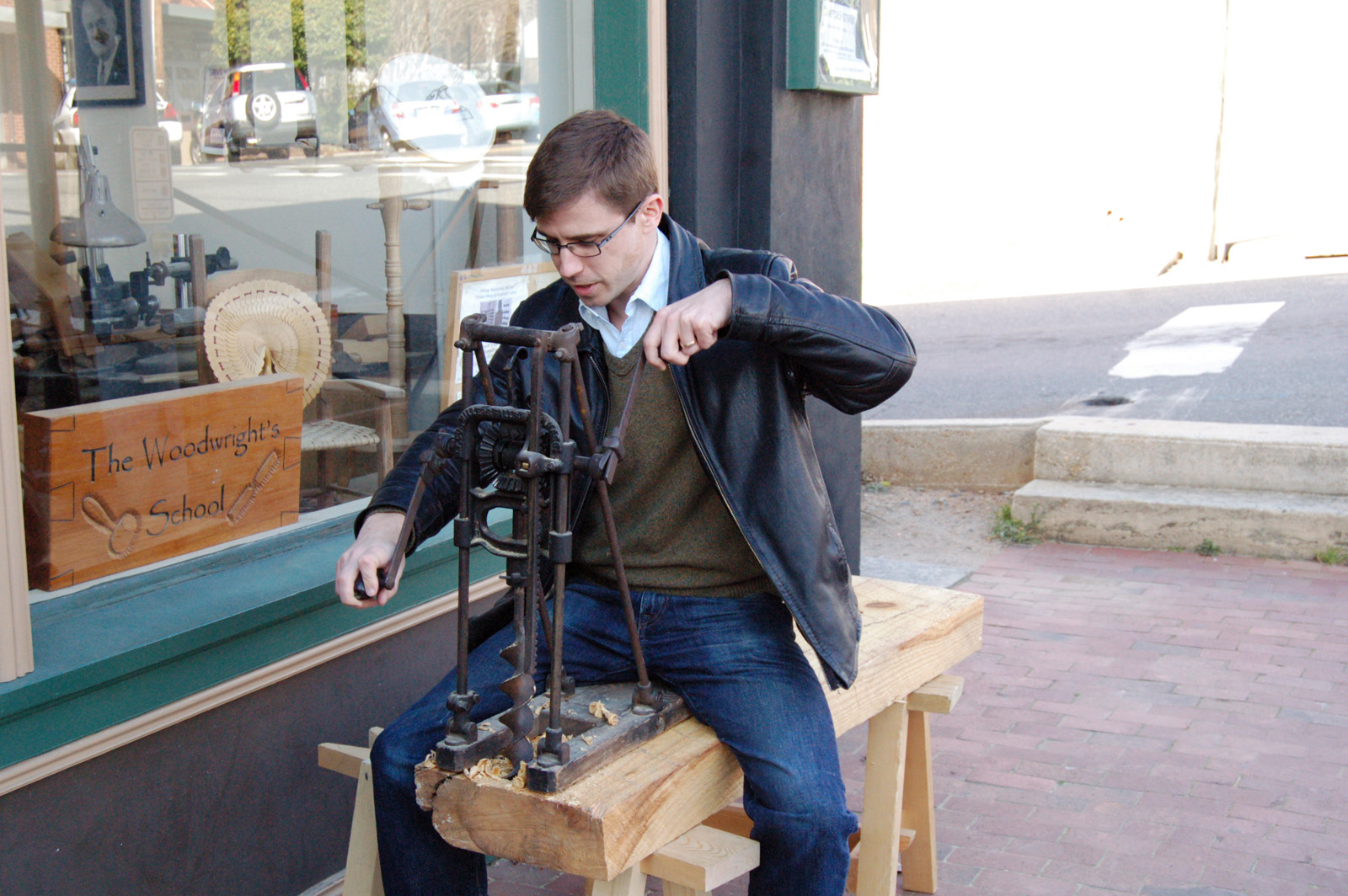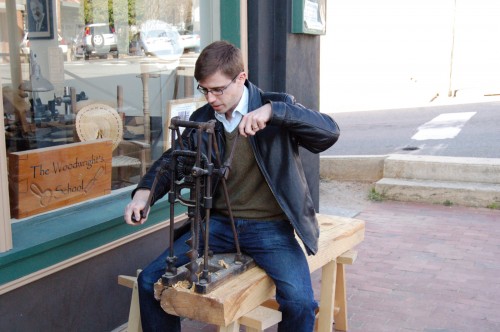I thought I would plug a little event I will be taking part in. This Saturday, April 28, the first Burlington Mini Maker Faire will be taking place. If you live near the central North Carolina area, come check us out. It is at the Holly Hill Mall on Huffman Mill Road, and we will be there all day, from 10am to 9pm.
What is a Maker Faire? For regular readers of this blog, you may remember my trips to the New York City Maker Faire in 2011 and 2010. I described them as a mix of a science fair and a craft fair (with a bit of Burning Man thrown in). The fairs themselves grew out of Make Magazine, and are basically a chance for DIY enthusiasts of all kinds to show off the projects they work on in their spare time.
The members exhibiting in the Burlington Mini Maker Faire should make for a fairly diverse display. This is the group I was with on my trip to Roy Underhill’s Woodwright shop, as well as the group that organized the blacksmithing lesson and demonstration I took part in. A full list of exhibitors who will be at Saturday’s event is on their website; highlights include a homemade Tesla coil, a wood lathe demonstration, some quad-copters, steampunk props and ham radio demonstrations. You can also learn to solder and watch some 3D printers and CNC machines in action.
The local Times-News paper did a story on the group, which talked with Bennett Harris, the founder, about the goals of the fair and the group in general. If you’re in the area, come check us out!














